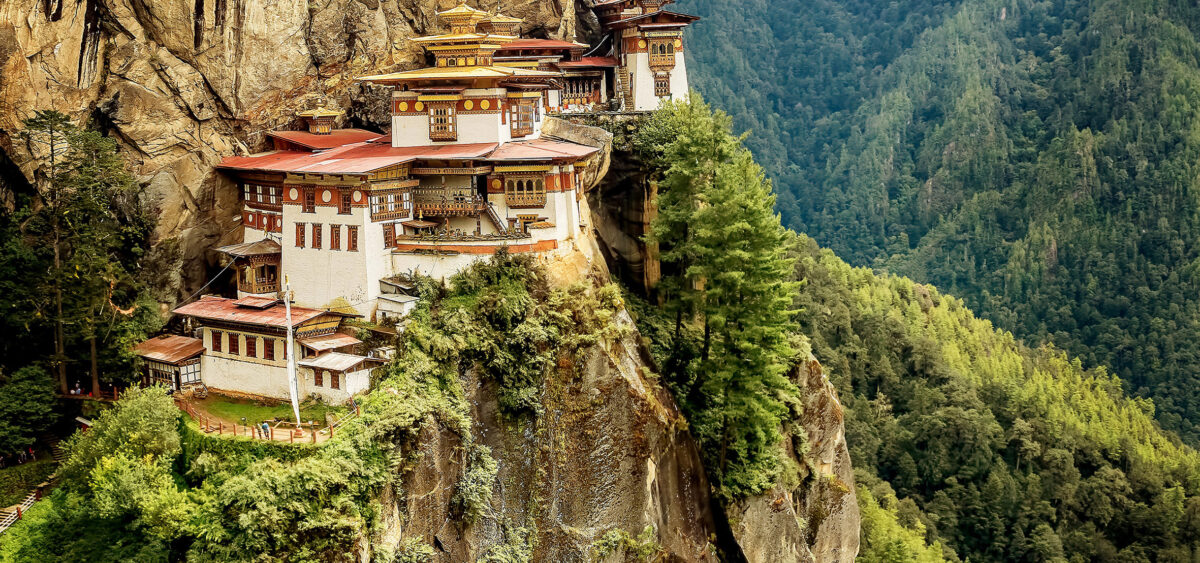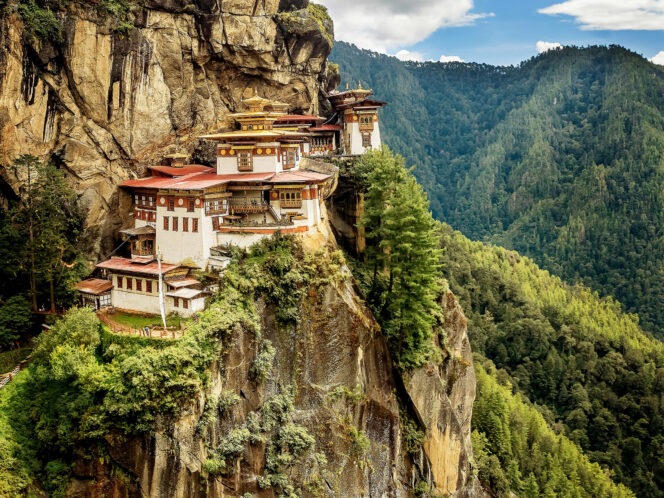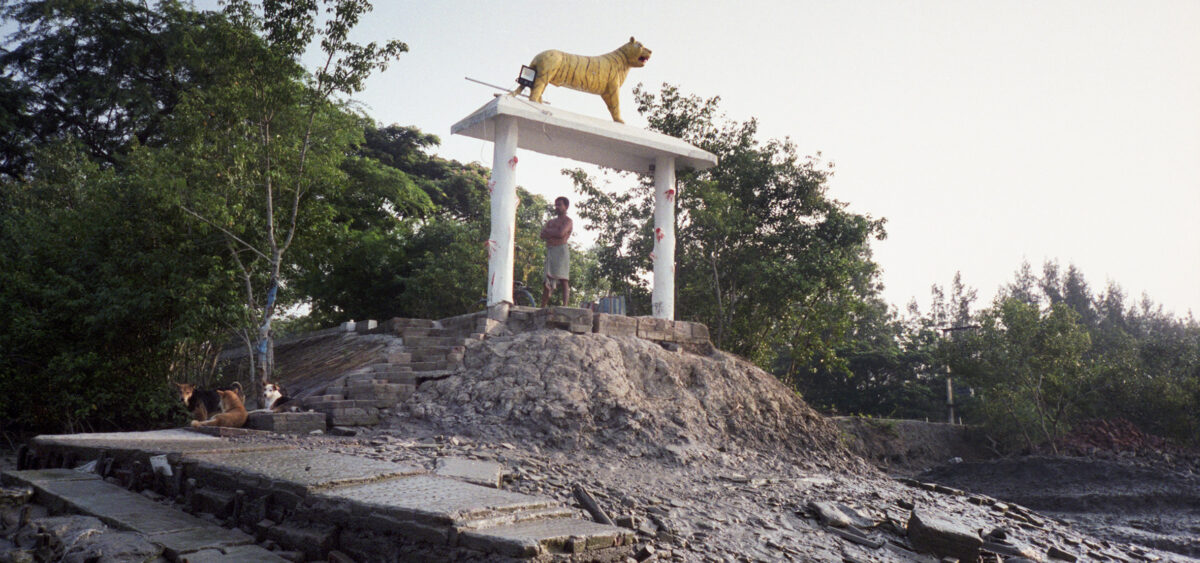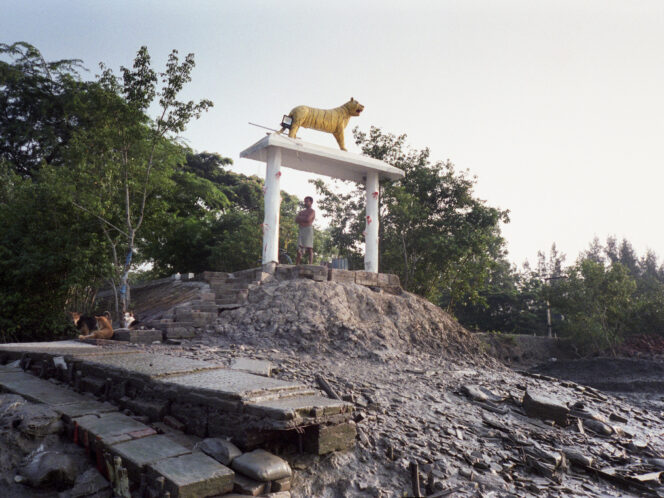
There was once a king who saved his people from delusions. Instead of wealth, he measured satisfaction with life. To this day, there are no advertisements or beggars in this land, but plenty of satisfaction per capita.
Half a century ago, the ruler of a small Himalayan kingdom proclaimed that the measure of his country’s development wouldn’t be gross domestic product, but national happiness. At the time, this was considered the whim of an eccentric, a despot. And yet, thirty years later, Time magazine included Bhutan’s leader on a list of people who, with their imagination, talent, and moral strength, were shaping and changing the world.
Jigme Singye Wangchuck was educated in India and Great Britain. He travelled extensively, so he learned about the world and the effects of poor states uncritically imitating the wealthy West. But Bhutan was not only poor; surrounded on three sides by powerful mountain massifs, and an impenetrable jungle on the fourth, it existed for centuries in almost complete isolation. As a result, Bhutan retained its unique culture, but in terms of social and economic development, it stopped at the feudal stage. Too rapid a leap into modernity would lead to similar effects as in other countries: mass migration from villages to cities; the breakdown of local communities; the emergence of slum districts, unemployment, corruption, and crime. No authority would be able to stop these processes, because no one can dispel the fantasies of a better life. King Jigme Singye attempted to prevent delusions even before they emerged.
What the Eyes Don’t See . . .
“Life satisfaction does not only depend on material improvement and increasing wealth. Adopting such an attitude leads to the annihilation of many priceless values: tradition, culture, the environment, the heritage of our ancestors,” the king said following his coronation in 1972. He announced, “That is why we will only make decisions that, apart








